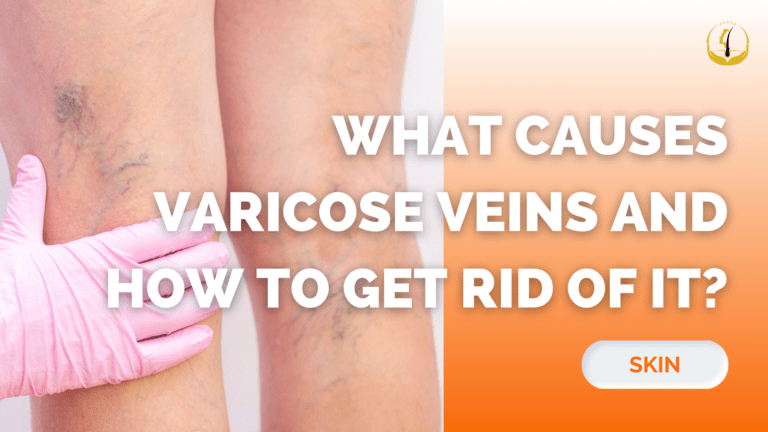Varicose veins, those twisted and enlarged veins often found on the lower legs, not only impact appearance. It can also lead to discomfort and complications such as blood clots or open sores. In this comprehensive guide, we’ll explore the causes and discuss effective ways to manage and reduce their appearance.
What Causes Varicose Veins?
Varicose and spider veins are essentially damaged veins. The veins in our bodies contain tiny one-way valves that allow blood to flow in one direction and prevent it from backtracking. When the walls of these veins become stretched and lose elasticity, the valves weaken, leading to improper functioning. This can cause blood to leak and flow backward, resulting in the enlargement and swelling of veins.
Several factors contribute to the development of varicose veins:
Gender: Women are more susceptible due to hormonal influences that relax vein walls, making valves prone to leakage.
- Age: As we age, veins naturally lose elasticity, and the valves become less effective.
- Weight: Being overweight increases pressure on veins, contributing to their deterioration.
- Occupation: Jobs that involve prolonged standing can strain veins.
- Pregnancy: Increased blood volume and hormonal changes during pregnancy can intensify the risk of varicose veins.
Managing Varicose Veins at Home
While there is no cure, adopting certain practices at home can help improve blood circulation and reduce discomfort:
- Exercise: Incorporate regular physical activity into your routine to promote healthy blood flow.
- Leg Elevation: Elevate your legs whenever possible to alleviate pressure on veins.
- Movement Breaks: If your job involves prolonged sitting, take breaks every 30 minutes to walk and stretch.
- Avoid Hot Baths: Refrain from extended sessions in hot baths, as excessive heat can exacerbate vein issues.
Compression Stockings
Wearing compression stockings is a common and effective method to manage varicose veins. These stockings exert steady pressure, aiding blood movement back to the heart and reducing swelling. Consulting with a dermatologist ensures proper sizing and pressure recommendations for optimal results.
Laser Treatment for Varicose Veins
Laser treatment represents a non-invasive option for addressing it. During the procedure, the laser is directed at the affected veins. While small spider veins may disappear immediately, larger ones may darken initially and gradually fade over 1 to 3 months. Multiple sessions, usually three or more, may be required for complete clearing.
Choosing a reputable dermatologist is crucial for successful leg vein treatment. GLOJAS, with its advancements in non-invasive and safe treatments, stands out as a reliable option for reducing the appearance. Their experienced professionals can guide you through the process and recommend personalized treatment plans based on your unique needs.
In conclusion, while varicose veins may not have a definitive cure, effective management strategies and advanced treatments offered by experts like GLOJAS can significantly improve the condition and enhance overall well-being.
